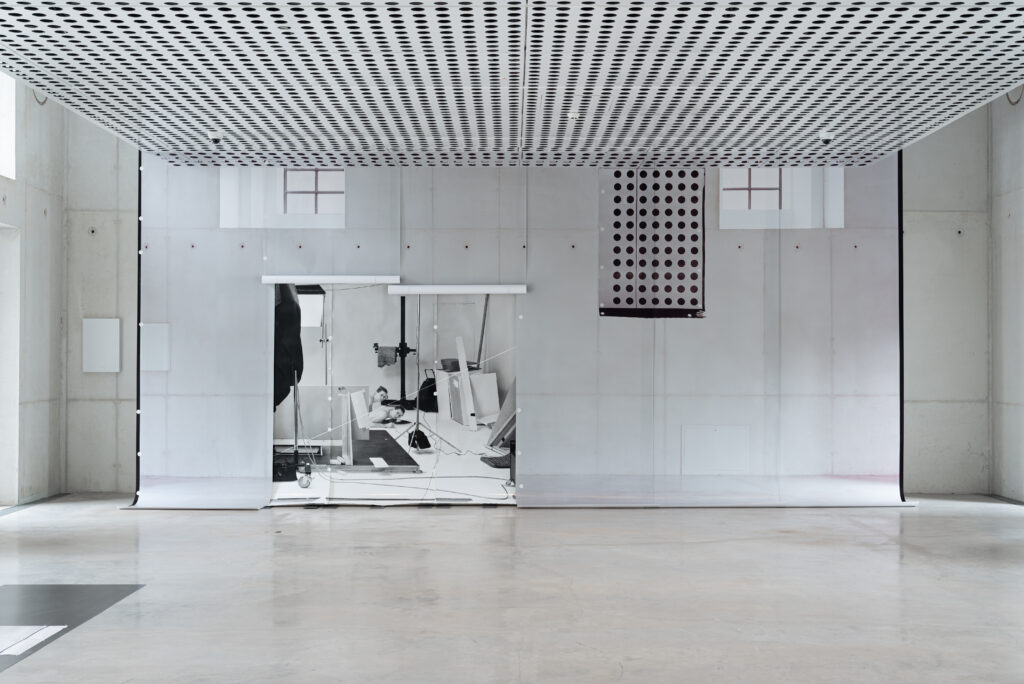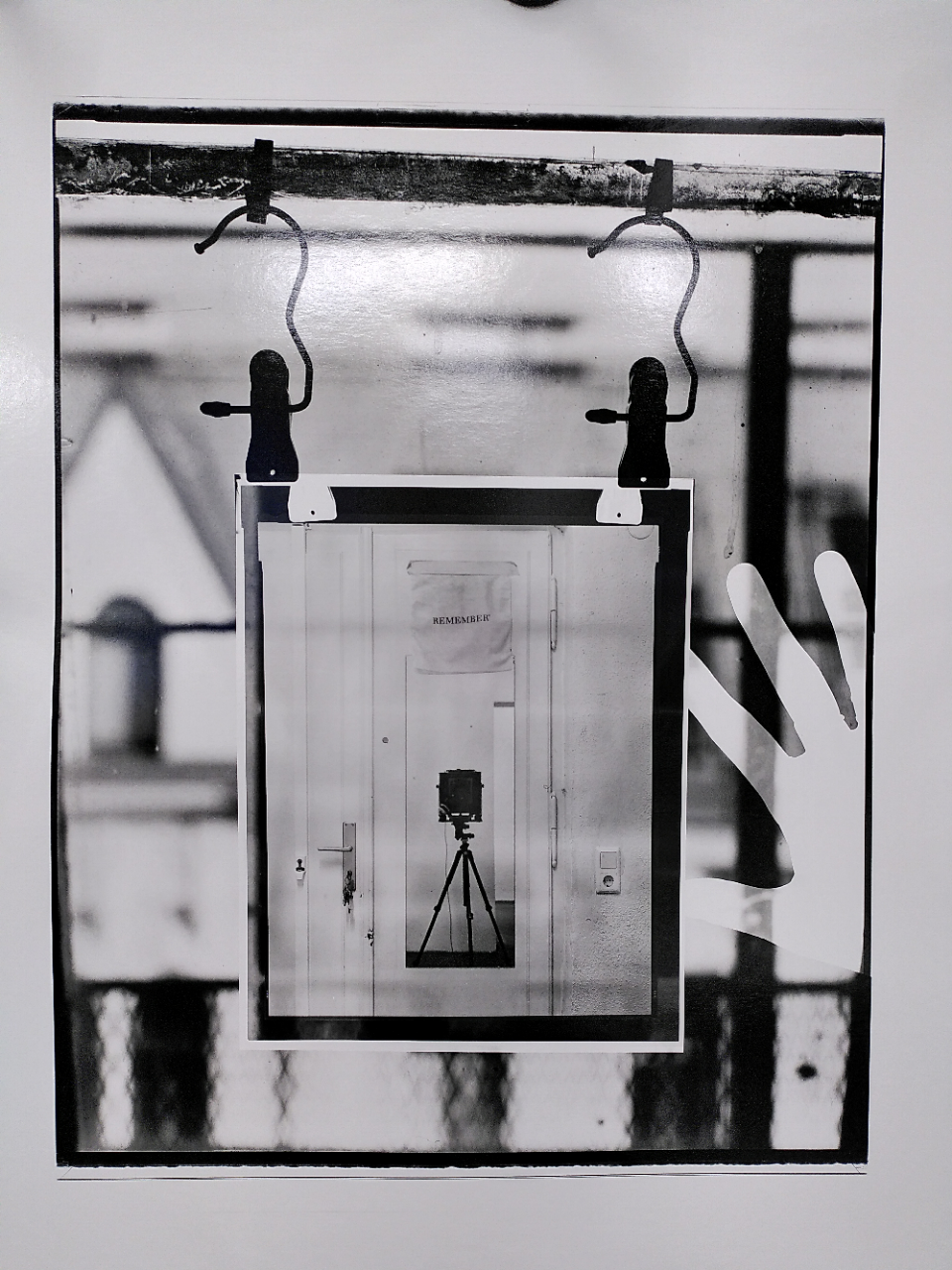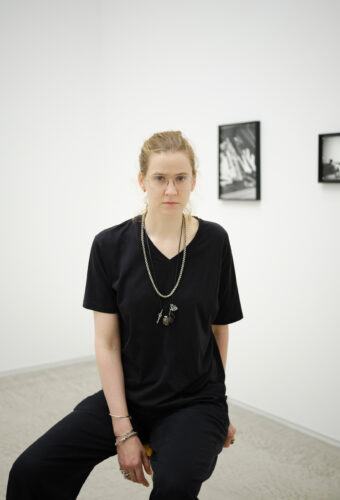Residency Sophie Thun
During my residency period at Thinking Tools I would like to focus on the problem of scaling and reproduction within the field of photography.
My practice is primarily large format analog photography, I work with questions of scaling (how, why, and at which stage of production are the decisions about the final size of a photographic print made), multiplication (and rendering things invisible by means of it), the original vs the reproduction, and the relationship to the edge. During my residency I mainly want to further explore this last question: I am curious about how everyday use of digital images and screens creeps into
the way I produce images. Especially the smartphone: how does the everyday several hour long use of the slim vertical display format influence my very analog large format production? Does the fact that my phone allows me to zoom into images have an influence on at which stage I make decisions about cropping? Can I reorder my production process and leave questions about cropping to the end of production, instead of making them at the beginning? How does making screenshots affect my framing (cropping) of the exposed image? And how does looking at reality through the phone influence this?
I am interested in this in combination with the question of (disappearance through) reproduction. I make primarily unique prints, they are almost always a combination of negative + photogram. What happens to “the original” when I rephotograph (as opposed to reexpose) it? This is also a relevant question when it comes to restoration of photography, what is the original? How do the negative and the photographic paper come together? How big is the time gap between the camera sucking in the image and the enlarger spitting it out, and what happens to it afterwards–when is the image “ready”?



